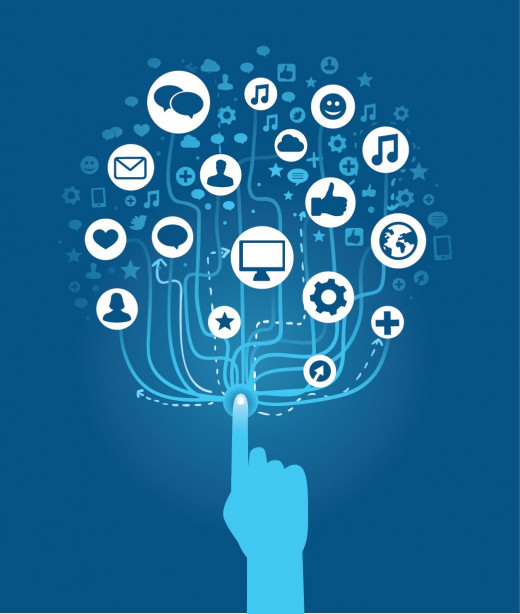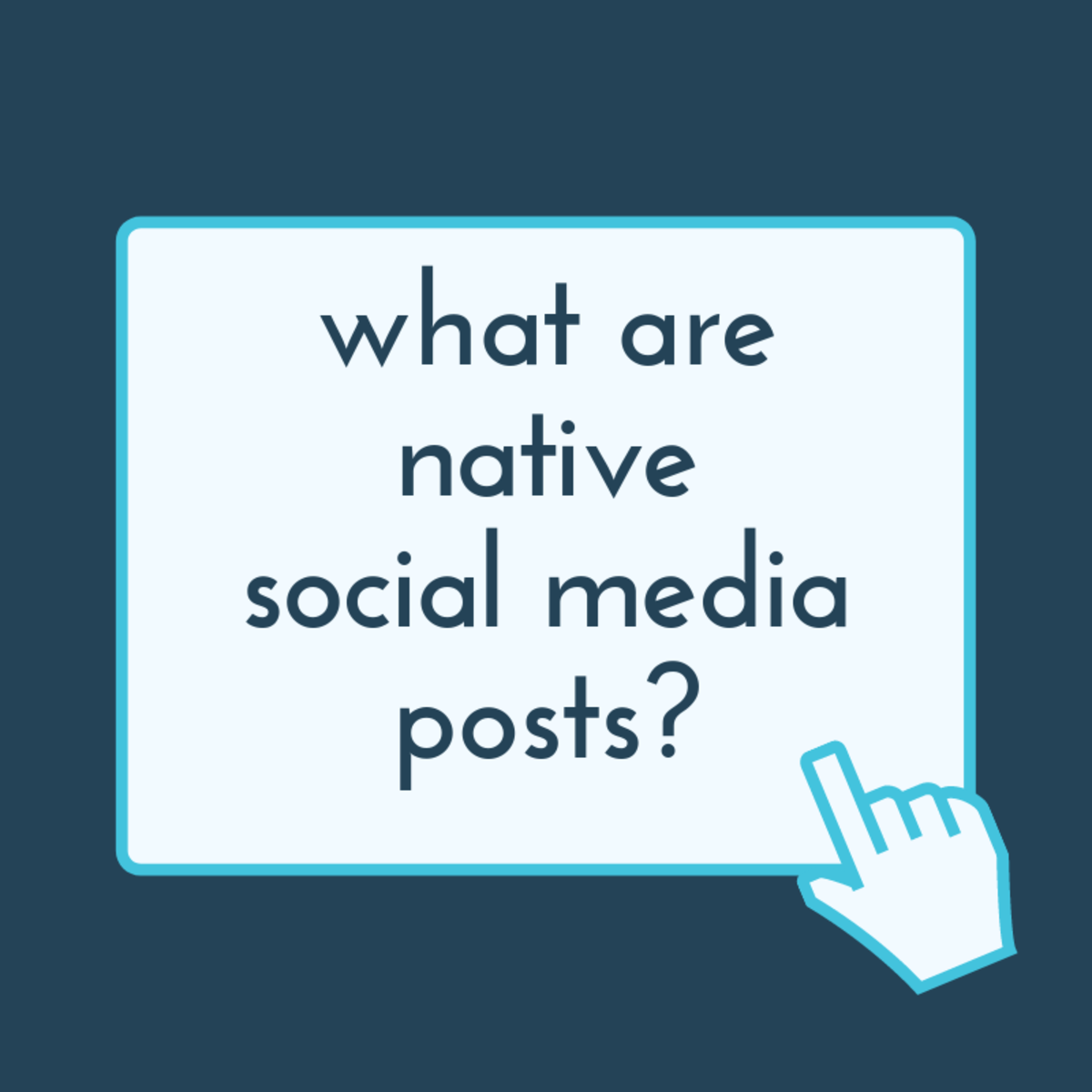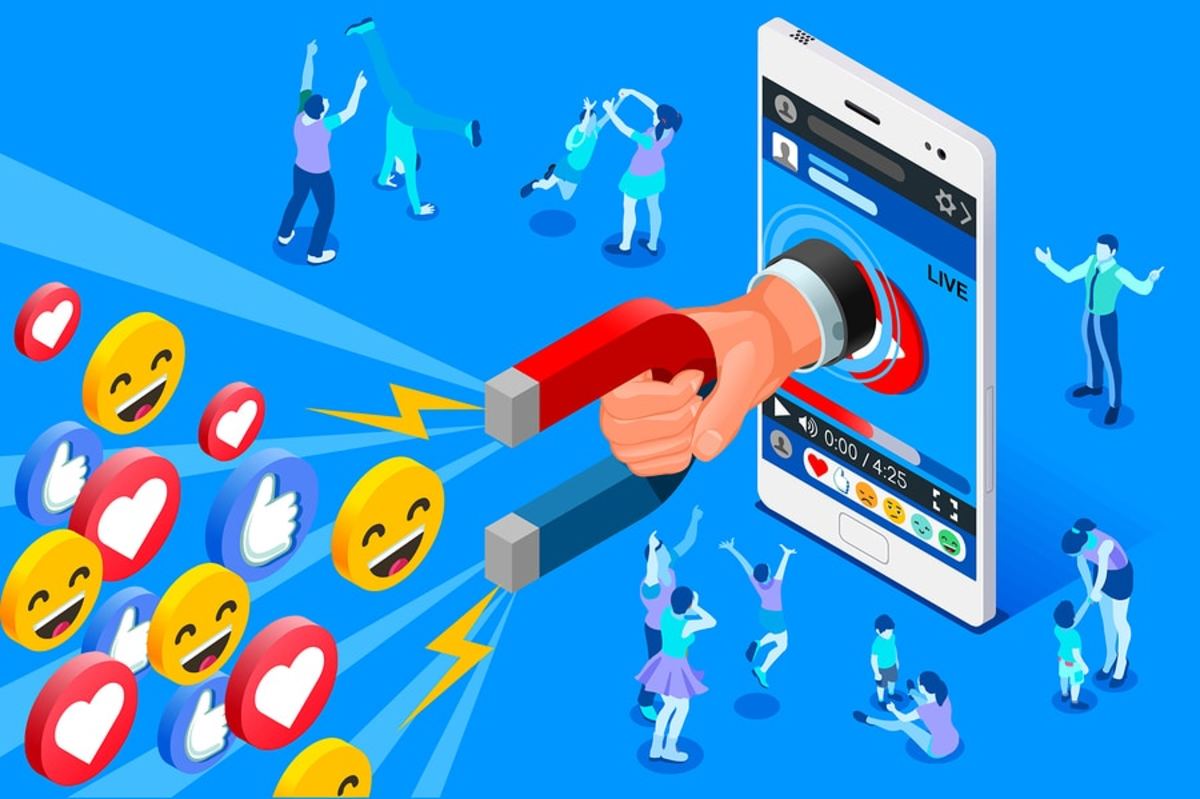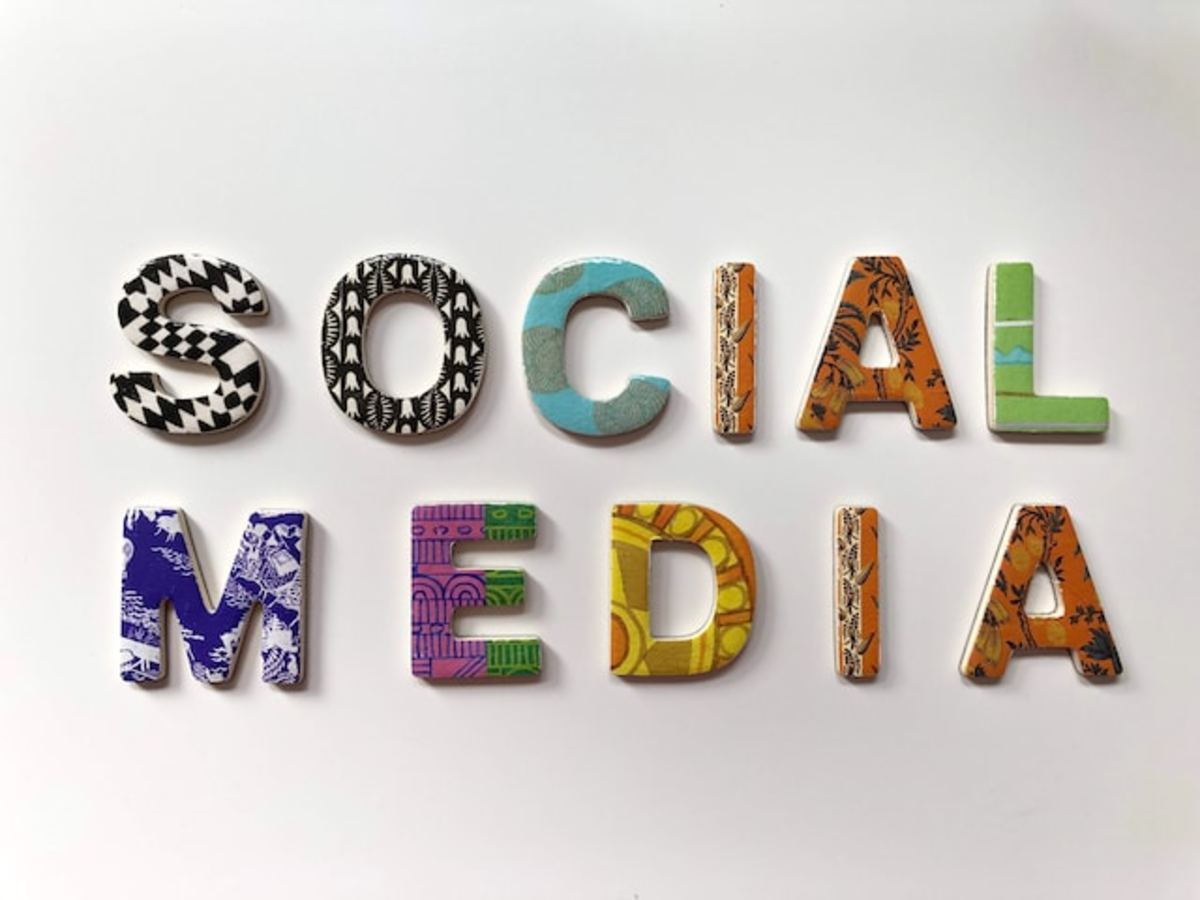What is to Gain with Technologies and Social Networking
The Power of Technology and Social Media

What is to Gain with Technologies and Social Networking
Recent development in technology would always show the connection or manifestation of technology to different gadgets, tools, applications, the internet, and social media. For some people, this is already the digital era where every now and then there are new development and discoveries which aims to improve the things currently enjoyed by the people and make things faster and more accessible. Technology is not just about breakthroughs in engineering and science that help in the delivery of medical services efficiently and effectively, in providing modern ways to travel in the most convenient way; or in making communication possible without physically transporting the people. The way technology has been revolutionized has changed the perspective of people not only on the way of life but their perception too on how tools and resources can be more useful at their fingertips.
Technology and Social Network at Your Fingertips
With the prevalence of modern gadgets and tools like smartwatches and smartphones, technology has indeed made life easier, faster, better, and more fun and exciting. Every human from the west and the other parts of the world who had experienced modern technology has changed their life. The transformation may have been gradual, but it still goes on changing from time to time. At least four out of ten seniors own a smartphone, and for younger people, it will be almost occasional to see a teenager without a smartphone. As such communication has been greatly influenced by technology.
Even in the school setting, both students and teachers would agree that technology has allowed greater opportunities for sharing or imparting knowledge from any location. This is a big improvement from the traditional way that students and teachers must be present together in one place in order for learning to happen. Now that is no longer a basic requirement for learning for as long as there is the internet and a laptop or smartphone the learner and the teacher can connect and communicate using different media and platforms.
As technology changes so as the perception of digital media or digital technology; media is no longer used to define a news organization or any news platform rather it stands for any company which facilitates sharing and delivery of information to almost 3.2 billion web users across the globe. Given the rate at which smartphones are sold every day and the rate at which information is being shared through social media networks, it is understandable to say that social media platforms and social networking are phenomenal.
There are several applications with various functions which are accessible on smartphones, but social media platforms gained popularity because of their impact on the life of users. People need not come face to face with a person in order to learn more about the person of interest. Through social media, one can already know a lot by browsing the person’s profile, background, information, and networks. The results are even more than just the basics; even information on relationships can also be accessed through the social network platform. For active social network users, this is something good, they can easily track someone, meet with friends, and date someone too through social networking. Amidst all the entertainment and perceived advantages of social networking, it can still be said that everything is not about gaining, there are still some flaws and limitations in technology and social networking. It is not all about gaining, when viewed from a different perspective there are also some things lost when people get so engaged with technology and social networking.
Technology, Social Networking, and Education
One of the revolutionary changes and a positive aspect of modern technology have been evident in the way it has revolutionized education. Not just a matter of facilitating communication through Skype and emails, it was also about building and expanding one’s social and professional linkage with other students and professionals through social media platforms. Usually, this will involve people who are in the same line of interests, careers, activities, or backgrounds.
Social networking is an effective tool for sharing resources; each social media platform offers varying levels and interests in sharing. Sharing is often done through Twitter, Pinterest, and in closed groups on Google. According to the Center for the Enhancement of Learning and Teaching (CELT) at the University of Kentucky, social networking is more than just a tool for sharing information and resources social media platforms can also be linkages to learning opportunities that are different from the usual topics. Further, on a serious aspect, social networking allows the instructor to provide new ways to engage the students in collaborative work. With the majority of students using social media nowadays and using their social networking tools to the maximum level, this is becoming a powerful tool for them to engage, collaborate, and communicate. Platforms that allow bookmarking like Diigo allows the students and teachers to save and share their resources, while Evernote allows the students to collect all the resources and share them. There are also Google Docs and WordPress which has the same function. In as much as the exchange of ideas and reaching out to a larger crowd for feedback like other students, experts, professionals, and colleagues social networking is still not the end all be all for everything (University of Kentucky).
Social networking as a tool in academic libraries has also proven the extensive use of technology and social media platforms. Library staff showed a positive perception towards social networking as they see this as a useful tool in addressing the hindrances of accessing resources. Using social networking tools for libraries in terms of the extent of utilization and ways on how the resources are being used by students provides insights for librarians and their staff on how they can further take advantage of technology and social networking in bringing the resources to the students (Chu and Du, 2013).
Technology, Social Networking, and Communication
Communication has been transformed by technology and social networking and it is continuously being changed by technology. Face-to-face interaction or communication has been changed as people do not need to be physically meeting for them to communicate. Emails, text messaging, Facebook and Twitter have been among the best example of mediums that changed the need for verbal communication. Within the last 20 years now, it can be observed that verbal communication has declined as more people get used to using social media platforms in order to communicate with friends. Email took the world of communication as a new way to reach out to people across the globe, it has replaced the traditional mail system and since its introduction, there are billions of emails being sent daily, be it for the primary purpose of communication or including the spam mails sent for advertisements and promotions.
There are also a larger number of messages sent through Twitter and Facebook on a daily basis. This has been the faster way of talking to friends, family, colleagues, and business partners which allows immediate feedback. And as the years go by the number of emails and messages still continues to grow, even if there are chances for phone calls messaging is still preferred by users because it is easier to do, unless when the issue of concern is immediate than a phone call is the best option.
With the convenience of smartphones plus the access to social media platforms, it is no longer surprising to observe how this has replaced verbal communication. Take Facebook as an example, aside from its messaging features that allow a person to talk privately to another person, it also allows for group conversations thus saving time compared to having to send the same message to several people. One can also check on the profile and background of a person through his Facebook profile and not only that but the activities can also be checked through the posts on the timeline.
Social Networking has allowed people to reach out faster to others and make communication faster, though the increase in the utilization of social media platforms causes a decline in verbal communication, communication is not totally lost, it has just taken a different mode (Eastman, 2013).
Different social media platforms like Facebook, Twitter, Orkut, MySpace, Skype, and others are extensively used for communication. It has been also the most common advantage that all social media sites offer. But this is not just limited to sending messages, sharing of information and resources had also been a significant part of social networking. As people share information, they get to develop their communication skills too. This was not just between friends but also reflected in the network of students who shares their resources on similar courses or interests. Technology and social networking both mediated the way people talk and think and it has redefined the social lives of people be it on a community level or an interpersonal one (Baruah, 2012).
Refutation and Concession
One of the contentions on the advantages of networking and technology has been cited by Livingstone in her study (2008). According to the study she conducted, the phenomenal popularity of social networking platforms has been an exciting experience for the youth. But along with the excitement and gaining more friends, social media or social networking has reduced the sense of privacy and has turned the younger generations into narcissistic individuals. Highlighting the activities done by teenagers on social media sites, she explored the opportunities and risks of online opportunities. Among the disadvantages mentioned was the creation or projection of a stylish, highly decorated profile of teenagers thus emphasizing the aesthetic foreground in order to get more friends and expand the network. Social network has also shaped the concept of intimacy, privacy, and self-expression (Livingstone, 2008).
Another cited disadvantage of social networking and technology is that it causes technostress. This has been the topic explored by Sahin and Coklar in their study. Based on the results, though technology brings in a lot of opportunities and has made life easier, frequent exposure or utilization of technology, particularly of social media platforms also causes stress. The stress level induced by different social media platforms had been assessed through different variables and the selection of social media sites was based on the rate of technological developments and the frequency of utilization. The techno stress level suffered by users is not basically due to social reasons but rather to environmental factors. The difference in the level of stress among users was also defined by age and the family's monthly income (Sahin and Coklar, 2009).
Conclusion
User or not, the way social media, social networking, and technology have been reshaping lives cannot be denied. With the way technology and social networking have made communication faster and easier to access the phenomenal impact of social networking is undeniable. From the smallest to the largest bit of information people are able to share them through social networks. People get to be updated on what is happening across the globe through social networking. It has also affected not only verbal communication among people but also influenced their behavior. Making people aware of certain issues is best done through social networking, not only by sending messages but by posting on their social media accounts people get to show others what they are doing and how they are sharing with the world through pictures, videos, tweets, or status.
Through social media and social networking, the barriers to communication have been eliminated. When phone calls are not possible, messaging allows people to keep in touch. Posting on social media has also allowed people to share their activities with others while doing it or within seconds after they have done it. Social networking has proven to be a useful tool in tracking down people and keeping in touch. There is also an endless possibility or chance of searching for information or getting access to resources from different people based on the social network one has established.
Social networking has replaced verbal communication to some extent, but it has allowed people to reach out to millions of people too, and allowed for sharing of opinions and feedback in a faster way. The business has also added to its operations to have its own social media page in order to reach out to the global market and amplify its business advocacy. Social networking has also proven to be an effective communication tool to let the public know what they are offering. In some way, it had been a free advertisement on their part, plus there is a feature that allows the public to share their feedback or comments. Good comments contribute to the positive image of the business while negative comments allow the company to address the matter immediately and prevent the business from possible market losses.
Social networking has also created a higher level of awareness among people not only on educational matters but most importantly on social and political issues. With a lot of opinions posted and shared on social networks, people get to feel the opinion of others and get an idea of what other people think on political issues direct from people themselves, and the opinions are not sugarcoated as when presented through other mediums. In times of calamities or catastrophes, social networking proves to be useful in facilitating the transmittal of support or help.
There may be some studies that may establish the negative impact of technology and social networking but this is already the trend that modernization and development are taking and together with the advancement of technology so as the needs of people and the way they transform their way of life. The positive gains in social networking and technology still outweigh the negatives and companies would not continue to develop new technologies unless they have seen the need or demand for improvement.
References
Baruah, Trisha Dowerah. (2012). "Effectiveness of Social Media as a tool of communication and its potential for technology enabled connections: A micro-level study." International Journal of Scientific Research Publications: 1-10.
Chu, Samuel Kai-Wah and & Helen S. Du. (2013). "Social Networking tools for academic libraries." Journal of Librarianship and Information Science: 64-75.
Eastman, Hayley. (2013). "Communication changes with technology, social media." The Daily Universe.
Livingstone, Sonia. (2008). "Taking risky opportunities in youthful content creation: teenagers' use of social networking sites for intimacy, privacy, and self-expression." SAGE Journals: 393-411.
Sahin, Yusuf Levent and & Ahmet Naci Coklar. (2009). "Social Networking user's views on technology and the determination of technostress levels." Procedia - Social and Behavioral Science: 1437-1442.
The University of Kentucky. 19 December 2018 <https://www.uky.edu>.








